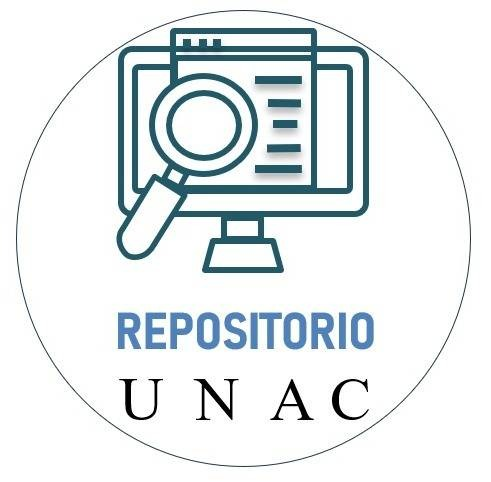| dc.contributor.advisor | Montoro Alegre, Edinson | |
| dc.contributor.author | Bermeo Carrasco, Osmar Arnaldo | |
| dc.creator | Bermeo Carrasco, Osmar Arnaldo | |
| dc.date.accessioned | 2016-07-20T21:29:28Z | |
| dc.date.available | 2016-07-20T21:29:28Z | |
| dc.date.issued | 2010 | |
| dc.identifier.other | T.510.B39 | |
| dc.identifier.uri | https://hdl.handle.net/20.500.12952/109 | |
| dc.description.abstract | Para resolver el problema (P) introducimos los conceptos básicos de optimización vectorial. Seguidamente, presentaremos como ordenar vectores en Rn, bajo la teoría de conjuntos parcialmente ordenados, donde podemos usar conos convexos para caracterizar un ordenamiento parcial, seguidamente presentaremos los conceptos de las variantes de la noción de eficiencia, débil, propia, fuerte eficiencia esencial. Las relaciones entre estos diferentes conceptos son investigados y estudiados con ejemplos sencillos. También estudiaremos la escalarización de problemas de optimización vectorial basándose en varios conceptos de monotonía, se describen los resultados de escalarización y se investiga en detalle el enfoque de suma de pesos o ponderaciones. Daremos a conocer las condiciones de Kunh-Tuker para optimización vectorial. | es_PE |
| dc.description.abstract | To solve the problem (P) we introduce the basic concepts of vectorial optimization.
Immediately afterwards(Continuously), we will present like to arrange vectors in Rn, under the theory of sets partially tidily, where we can use convex cones for caracteriazar a partial classification, immediately afterwards( continuously) we will present the concepts of the variants of the notion of efficiency, weak, own(proper), strong and efieciencia essential. The relations between ( among) these different concepts are investigated and studied by examples simply. Also we will study the escalarizacion of problems of optimazacion vectorially being based on severa! concepts of monotony, the results are described of escalarizacion and there are investigated in detail the approach of sum of weight or praises (deliberations, weighting). We will announce Kunh-'Thker's conditions for vectorial optimization. In the last section we will study the method of major descending earring ( slope) for optimization multiobjectively or vectorially. | en_US |
| dc.format | application/pdf | es_PE |
| dc.language.iso | spa | es_PE |
| dc.publisher | Universidad Nacional del Callao | |
| dc.rights | info:eu-repo/semantics/openAccess | es_PE |
| dc.rights.uri | https://creativecommons.org/licenses/by-nc-nd/4.0/pe/ | * |
| dc.source | Universidad Nacional del Callao | es_PE |
| dc.source | Repositorio institucional - UNAC | es_PE |
| dc.subject | Vectorial optimization | es_PE |
| dc.subject | Convex cone | es_PE |
| dc.subject | Polar cone convex capsule | es_PE |
| dc.subject | Efficient solution | es_PE |
| dc.subject | Ideally of pareto | es_PE |
| dc.subject | Major earring (slope) | es_PE |
| dc.subject | Gradient | es_PE |
| dc.subject | Escalarización | es_PE |
| dc.subject | Optimización vectorial | es_PE |
| dc.subject | Programación multiobjetivo | es_PE |
| dc.subject | Cono convexo | es_PE |
| dc.subject | Cono polar | es_PE |
| dc.subject | Cápsula convexa | es_PE |
| dc.subject | Solución eficiente | es_PE |
| dc.subject | Óptimo de pareto | es_PE |
| dc.subject | Mayor pendiente | es_PE |
| dc.subject | Gradiente y Escalarización | es_PE |
| dc.subject | Programming I multitarget | es_PE |
| dc.title | Programación Multiobjetivo Convexa | es_PE |
| dc.type | info:eu-repo/semantics/bachelorThesis | es_PE |
| dc.publisher.country | PE | es_PE |



